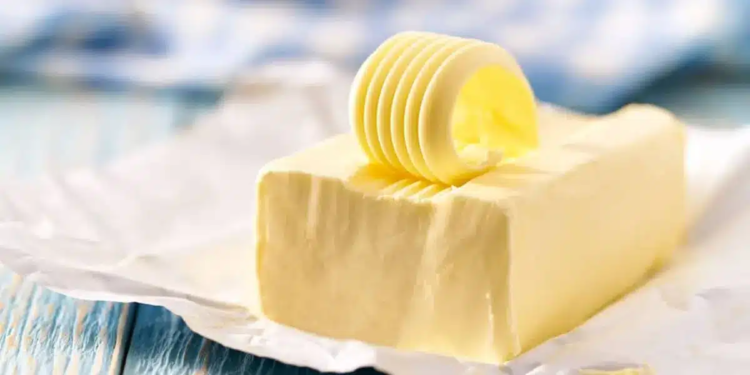Tunisia is experiencing a dairy crisis. In the space of a few days, deputies, agricultural representatives, industrialists and experts have multiplied the alerts, all drawing up the same observation: the milk sector is sinking into structural decline. The shortage of butter, which is taking hold on the shelves, is no longer a temporary anomaly but the visible symptom of a profound fragility.
A parliamentary hearing that sounds like an alarm signal
Thursday, during a joint hearing before the financial committees of the two chambers, representatives of the Tunisian Union of Agriculture and Fisheries (UTAP) presented a worrying picture.
Mnaouer Sghiri, director of the animal production unit, called for “rehabilitating” the entire sector.
In particular, he demands:
- the creation of a national animal health fund,
- direct support for the purchase of heifers (up to 40 to 50% of the cost),
- the reduction of VAT on cheeses – currently set at 19% – to stimulate national consumption among the lowest in the world, between 1 and 2 kilos per year.
For him, the Tunisian livestock “can no longer maintain themselves in these conditions”.
An industrial sector in decline for five years
On the airwaves of Mosaïque FM, Ali Klibi, vice-president of the National Chamber of the Milk Industry, confirmed the entrenchment of a decline that began in 2020. In five years, production went from 880 million liters to 720 million, while the strategic stock, which reached 48.7 million liters in October 2020, collapsed to 12.3 million today, for daily consumption of 1.8 million liters.
This contraction occurs while the sector now produces at a loss: a liter is purchased from breeders between 1,340 and 1,400 dinars, for a real cost of 1,700 to 1,900 dinars. “The producer is in the red. Only yogurt still brings in anything. The rest destroys the breeder,” sighs Klibi, who calls for an urgent review of the producer price and a national program to increase the herd to avoid an irreversible collapse.
The missing butter: a brutal revealer
Unlike UHT milk or yogurt, which the industry can make from imported milk powder, butter can only be produced from fresh domestic milk. Its disappearance from the stalls therefore points to the obvious: Tunisia lacks fresh milk.
For Midani Dhaoui, president of the Tunisian Farmers’ Union, this shortage is the culmination of several years of extreme drought, the surge in fodder prices following the war in Ukraine, and the economic asphyxiation of breeders unable to cover their costs.
A bale of hay now sells for 40 dinars, a tonne of livestock feed exceeds 1.6 million dinars, and a purebred heifer can reach 14 million. “We ask the breeder to finance the country’s social policy. This is no longer tenable,” he laments.
“We must import massively to replenish the herd”
For Mr. Dhaoui, there are no longer any half-measure solutions.
He calls for importing between 100,000 and 200,000 head of cattle to stop the bleeding, and for an end to imports of foreign meat, which he believes weaken the local sector.
The trade unionist recalls that a precedent exists: In the 1990s, the importation of Dutch cows allowed a surge in production, exceeding 2.2 million liters per day, with 400,000 liters of surplus during peak periods and a strategic stock of 56 million liters.
He proposes to reproduce this model for small ruminants, via the introduction of productive breeds like the Sardi, gradually adapted to Tunisian conditions.
Also read:
At more than 6 dinars a package: The “beurlesque” which is annoying! (2023)
Tunisia: Butter exports suspended to balance the market (2018)








